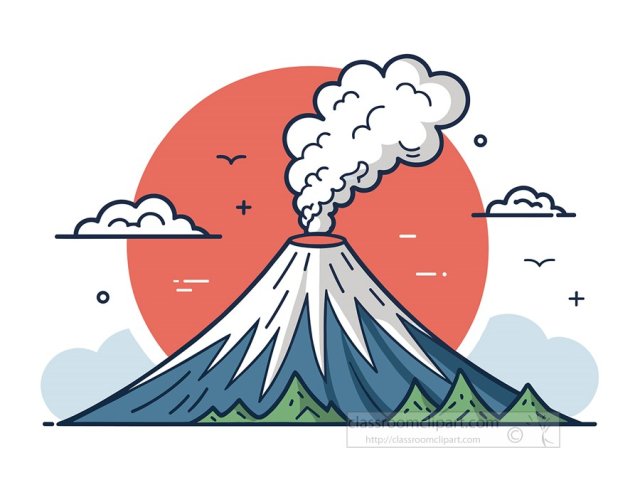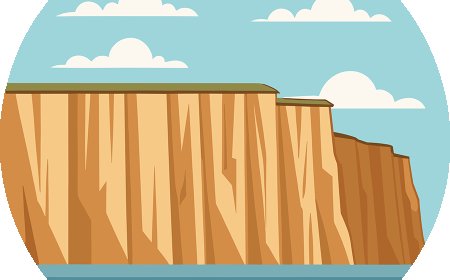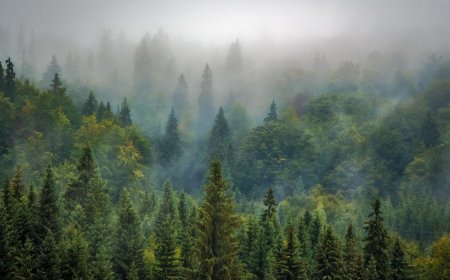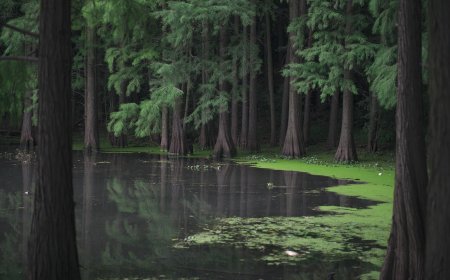Volcano Facts for Students | Types, Eruptions, and Safety
Explore how volcanoes form, types of eruptions, famous volcanoes, and volcanic hazards in this middle school-friendly article. Includes vocabulary, quiz, and fun facts—perfect for kids and classrooms.

🌋 Volcanoes: Earth’s Fiery Mountains
Introduction: What Is a Volcano?
A volcano is an opening in Earth's surface through which magma, gases, and ash escape. When magma reaches the surface, it’s called lava. Volcanoes are powerful natural forces that can shape landscapes, destroy cities, and even change the climate. At the same time, they create new land and enrich soil, making them one of nature’s most fascinating phenomena.
In this article, you'll explore how volcanoes form, the different types, famous eruptions, volcanic hazards, and how scientists study and monitor them.
🌍 Where Do Volcanoes Form?
Most volcanoes form along the edges of tectonic plates—the massive slabs of Earth’s crust that slowly move over time.
Plate Boundaries
- Divergent boundaries – Plates pull apart (e.g., Mid-Atlantic Ridge).
- Convergent boundaries – One plate slides under another (subduction), forming volcanoes like those around the Pacific Ocean (called the Ring of Fire).
- Hotspots – Volcanoes can also form in the middle of tectonic plates, where hot magma pushes through the crust (e.g., Hawaii).
Visual Aid Suggestion: World map showing the Ring of Fire and volcano locations around the globe.
🌋 Parts of a Volcano
- Magma chamber – A pool of molten rock beneath the volcano.
- Vent – The opening where magma escapes.
- Crater – The bowl-shaped top of a volcano.
- Lava flow – Molten rock that flows down the side.
- Ash cloud – Fine particles of rock and gas shot into the air during an eruption.
- Cone – The mountain formed by layers of lava and ash.
Diagram Suggestion: Labeled cross-section of a volcano with all major parts.
🏔️ Types of Volcanoes
1. Shield Volcano
- Wide and gently sloping.
- Erupts with thin, flowing lava.
- Example: Mauna Loa, Hawaii
2. Cinder Cone Volcano
- Small and steep-sided.
- Made of ash and rock chunks.
- Erupts briefly and explosively.
- Example: Parícutin, Mexico
3. Stratovolcano (Composite Volcano)
- Tall, cone-shaped.
- Made of layers of lava and ash.
- Very explosive eruptions.
- Example: Mount St. Helens, USA
4. Lava Dome
- Formed by thick lava piling up near the vent.
- Often found inside larger volcanoes.
- Example: Mount St. Helens Lava Dome, USA
Chart Suggestion: Comparison of volcano types with shapes and eruption styles.
💥 What Happens During an Eruption?
Volcanic eruptions occur when pressure builds up in the magma chamber, forcing magma, gas, and ash to the surface.
Eruption Types:
- Effusive eruptions: Lava flows out gently.
- Explosive eruptions: Ash, rock, and gases explode violently.
Explosive eruptions can send ash high into the atmosphere, trigger pyroclastic flows (fast, deadly clouds of hot gas and rock), and cause lahars (mudflows from melted snow and ash).
🌡️ Volcano Hazards
Volcanoes can be dangerous. Here are some major hazards:
- Lava flows – Melt everything in their path.
- Ash falls – Can damage lungs, crops, buildings, and airplanes.
- Pyroclastic flows – Fast-moving and deadly.
- Lahars – Mudflows that bury everything in their way.
- Tsunamis – Triggered by underwater eruptions or landslides.
🔬 How Do Scientists Study Volcanoes?
Volcanologists use many tools to predict and study eruptions:
- Seismometers – Detect small earthquakes that may signal eruptions.
- Gas sensors – Measure gases escaping from the volcano.
- Tiltmeters – Track ground movement as magma pushes up.
- Drones and satellites – Observe volcanoes from the air or space.
Despite advances, predicting eruptions is still a challenge.
🌋 Famous Volcanoes and Eruptions
Mount Vesuvius, Italy (79 CE)
- Destroyed the Roman cities of Pompeii and Herculaneum.
Krakatoa, Indonesia (1883)
- Caused a massive tsunami and global cooling.
Mount St. Helens, USA (1980)
- Huge ash cloud and lava dome formed; killed 57 people.
Eyjafjallajökull, Iceland (2010)
- Grounded air travel across Europe due to ash clouds.
📚 Kid-Friendly Summary: What You Should Know
A volcano is a mountain that can erupt with lava, ash, and gases. Most volcanoes form where Earth’s tectonic plates meet. They come in different shapes, like shield, cone, and composite. Some volcanoes erupt gently, while others explode violently. Scientists study them using special tools to try to predict eruptions and keep people safe. Volcanoes can be scary—but also amazing!
💡 Interesting Facts About Volcanoes
- The largest volcano in the solar system is Olympus Mons—on Mars!
- Hawaii was created by volcanoes and is still growing today.
- A volcanic eruption in 1815 caused the “Year Without a Summer.”
- Some volcanic rocks, like pumice, can float on water.
- About 1,500 volcanoes are active around the world today.
- Volcanic ash can help make soil rich for farming.
🧠 Volcano Vocabulary List
| Word | Definition |
|---|---|
| Magma | Hot molten rock beneath Earth’s surface. |
| Lava | Magma that has reached Earth’s surface. |
| Crater | The bowl-shaped opening at the top of a volcano. |
| Pyroclastic Flow | A fast-moving mix of hot gas, ash, and rocks during an eruption. |
| Lahar | A dangerous volcanic mudflow. |
| Vent | The opening through which lava and gas escape. |
| Tectonic Plates | Large pieces of Earth’s crust that move and interact. |
| Volcanologist | A scientist who studies volcanoes. |
| Seismometer | A device that detects vibrations in the ground. |
| Ash Cloud | Tiny bits of rock and ash thrown into the air by a volcano. |





















































